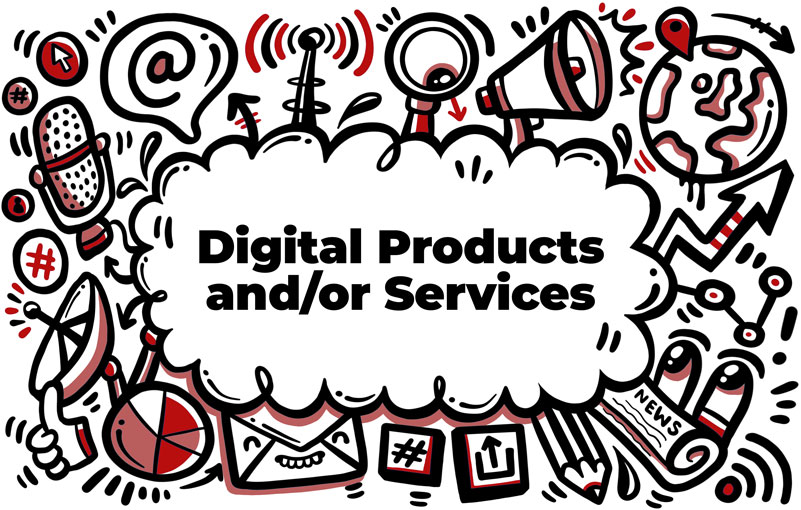Understanding the Importance of UX in Digital Services
In today’s competitive digital landscape, your products and services’ user experience (UX) is more significant than ever. Excellent UX design ensures that your customers are engaged, satisfied, and have a positive experience interacting with your brand. A well-optimised user experience can lead to increased conversion rates, higher customer retention, and business growth. In this blog post, we’ll explore key strategies for optimising the UX of your digital products and services. This will provide an exceptional experience for your users.
Conducting User Research to Inform UX Design
To create an exceptional user experience, it’s vital to understand your target audience’s needs and preferences. User research helps you gather valuable insights that inform your UX design, ensuring your products and services align with your users’ expectations. Common user research methods include:
User interviews: Conducting one-to-one interviews with your target audience provides in-depth insights into their needs, pain points, and desires.
Surveys: Online surveys enable you to gather quantitative data on user preferences, satisfaction, and expectations.
Usability testing: Observing users as they interact with your digital products helps identify areas of improvement and uncover hidden pain points.
By incorporating user research into your UX design process, you can make data-driven decisions that lead to better userexperiences.
Implementing a Mobile-First Approach
With the increasing number of users accessing digital products and services through smartphones and tablets, adopting a mobile-first approach to UX design is crucial. A mobile-first approach means designing your digital products with mobile devices in mind from the start, ensuring that your website or app is responsive and functions seamlessly across various screen sizes and devices. Key considerations when implementing a mobile-first approach include:
Touch-friendly navigation: Ensure buttons, links, and other interactive elements are easily accessible and large enough for users to tap with their fingers.
Optimised images: Use responsive images that adapt to the user’s screen size, ensuring fast load times and a high-quality visual experience.
Clear and concise content: Make sure your content is easy to read and understand on smaller screens by using short paragraphs, clear headings, and bullet points.
Continuously Testing and Improving UX
Optimising UX is an ongoing process that requires regular testing and fine-tuning based on user feedback and performance metrics. Implement A/B testing to compare different design elements and determine which options provide the most effective user experience. Regularly review analytics data to identify areas of improvement, such as high bounce rates or low conversion rates, and adjust your UX design accordingly.
Continuously refining and improving your digital products and services will keep your users engaged and satisfied, ensuring long-term success in the digital marketplace.



